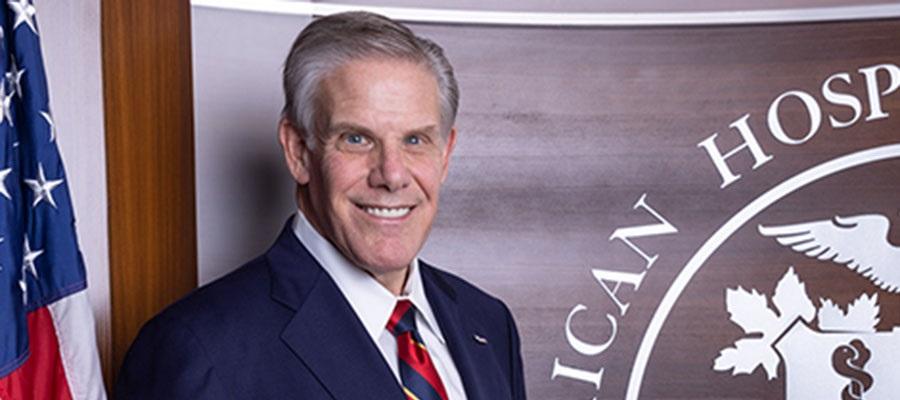Hospitals and Health Systems More than Earn their Tax Exemption

Every single hospital and health system provides benefits to their communities that far outstrip any other sector in health care. What commercial health plan or drug or medical device company ever responded to a heart attack, car accident, or child’s midnight fever with open doors and compassionate care? But that is what hospitals do every day.
Some hospitals are exempt from federal and some state and local taxes. For that privilege, they dutifully publicly report the range of benefits and services they provide to their communities, one of which is financial assistance for those in need. The reports hospitals file every year with the IRS both counts and describes these benefits.
Year after year, these benefits add up to hundreds of billions of dollars, including $110 billion in 2019 alone, the most recent year for which comprehensive data is available. And that’s only for the benefits the IRS does count, not the many other programs, services, and activities, such as most medical research and the full cost of subsidies to keep burn and neonatal units open, that it doesn’t. Roughly half of these total benefits are for financial assistance and the funds needed to make up for underpayments endemic in the government’s health insurance program for the needy.
These same hospitals also update their Community Needs Assessment every three years, in which they involve the broader community in determining what pervasive health issues they should tackle, such as maternal health, opioid abuse, and child asthma. Which commercial health plan or drug or medical device company does that?
The highly respected international firm EY has looked at how the benefits tax-exempt hospitals provide stack up against their federal tax exemption. And every time EY confirms what an amazing return it is for taxpayers. Last year’s report showed the spread was 9 to 1 – for every $1 of exemption, reporting hospitals provided $9 of benefit to the community. Unlike a recent Kaiser Family Foundation (KFF) analysis that took a much narrower view, EY looked at the entire range of community benefits, not just financial assistance — a much fairer and more comprehensive way to measure how much hospitals give back. In addition, EY did not employ fuzzy math by lumping in charitable contributions to its calculations. These same funds would likely have been donated to perhaps less worthy purposes than hospitals so should not count as a loss to the U.S. treasury.
Another notable lapse was KFF’s analysis of state tax exemptions — always difficult to quantify given the differences in every state’s tax policy — because it fails to note the growing trend for hospitals and health systems to be asked to pay Payments in Lieu of Taxes (PILTs) to their local governments, some of which are very substantial. For example, hospitals in Boston paid over $20 million in PILTs in 2022 alone.
It’s a mystery why any analysis would focus on just the benefit of financial assistance and seemingly ignore everything else hospitals do for their communities. Didn’t we learn once again during the pandemic that hospitals are the first ones to step up to serve their patients and communities? Whether it was funding the development of COVID-19 tests after setbacks from public health agencies, expanding treatment capacity as COVID-19 cases surged, establishing vaccine clinics, or launching outreach campaigns to provide community-wide access to vaccines, hospitals are always there, ready to care. To downplay all the work they do to treat, heal, improve, and comfort their communities is a huge disservice to all who rely on our nation’s hospitals and health systems for care.

